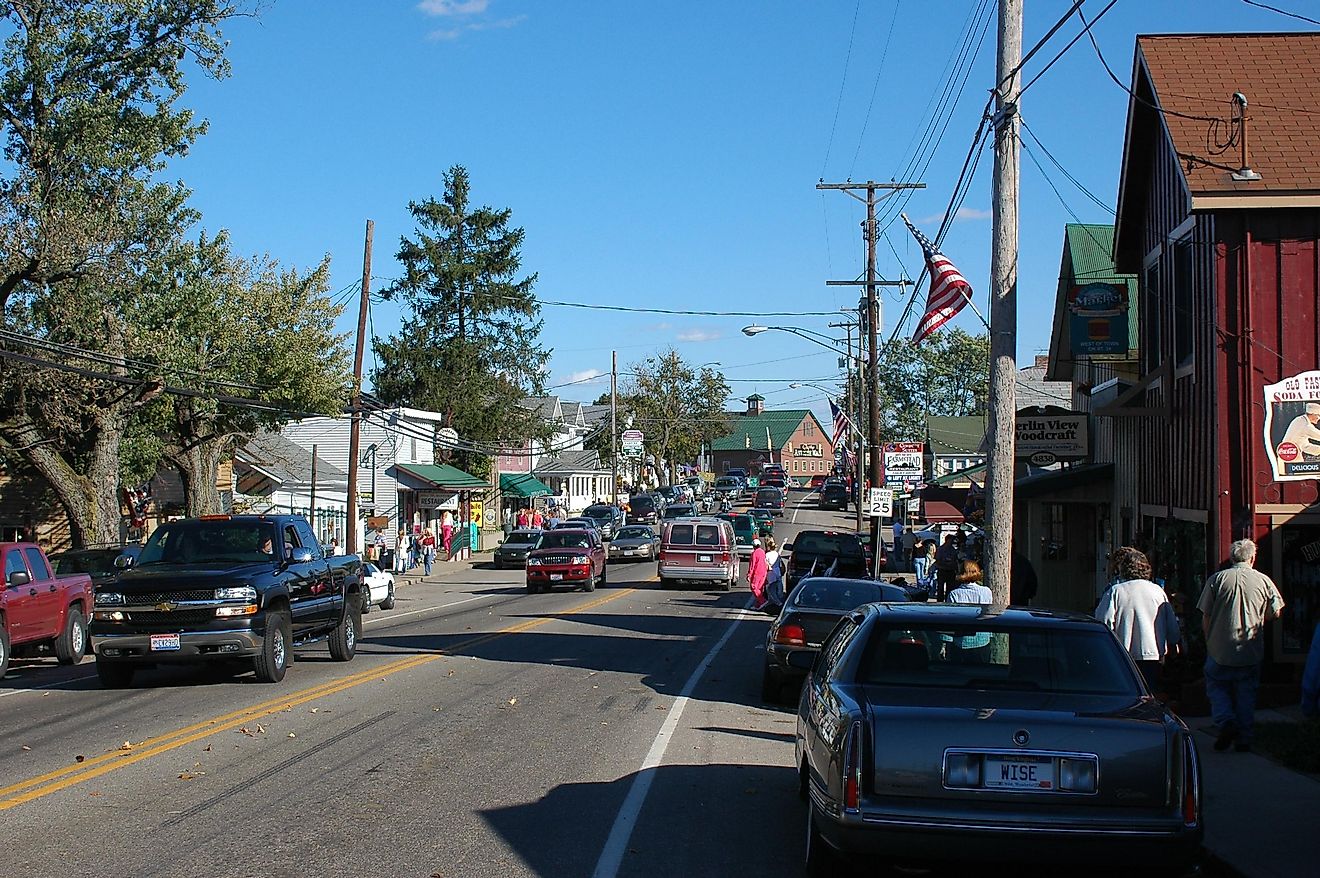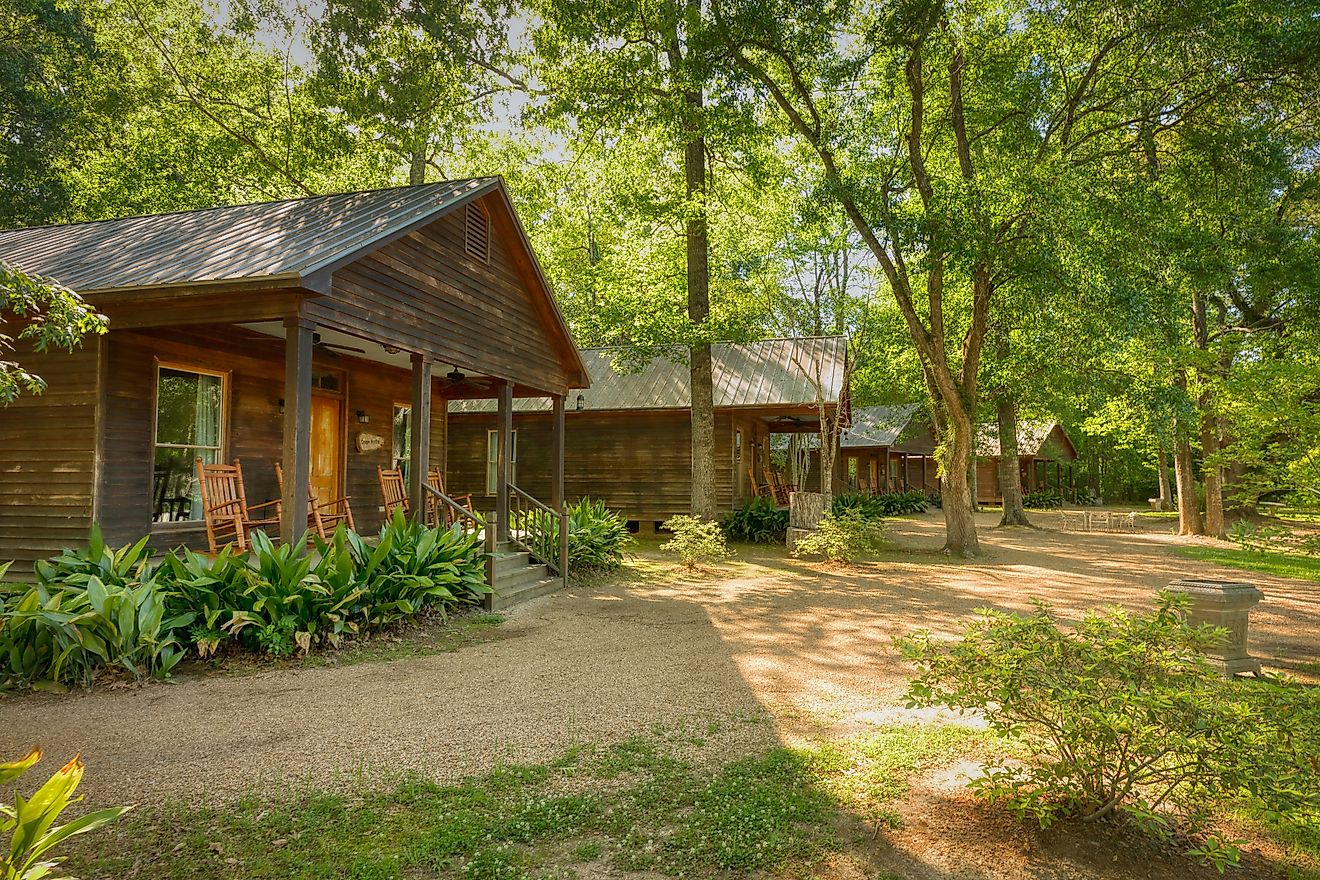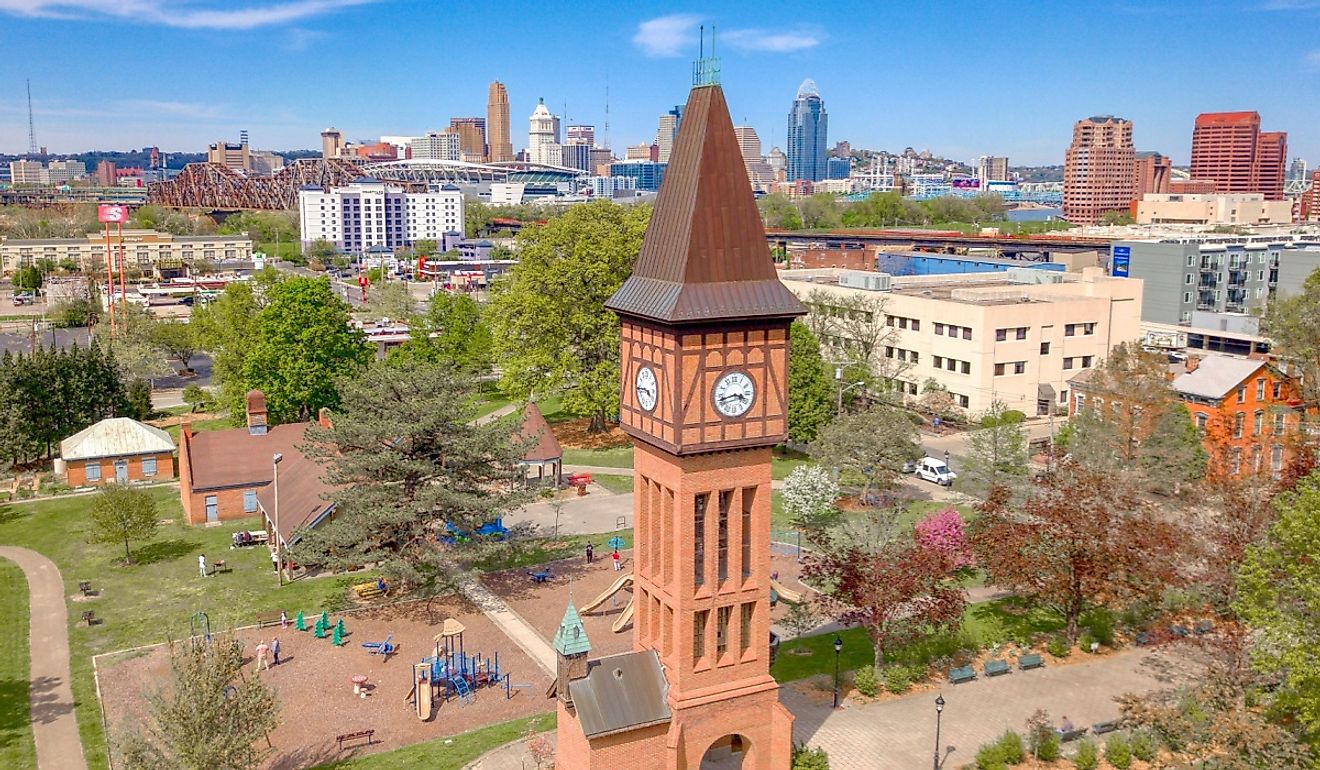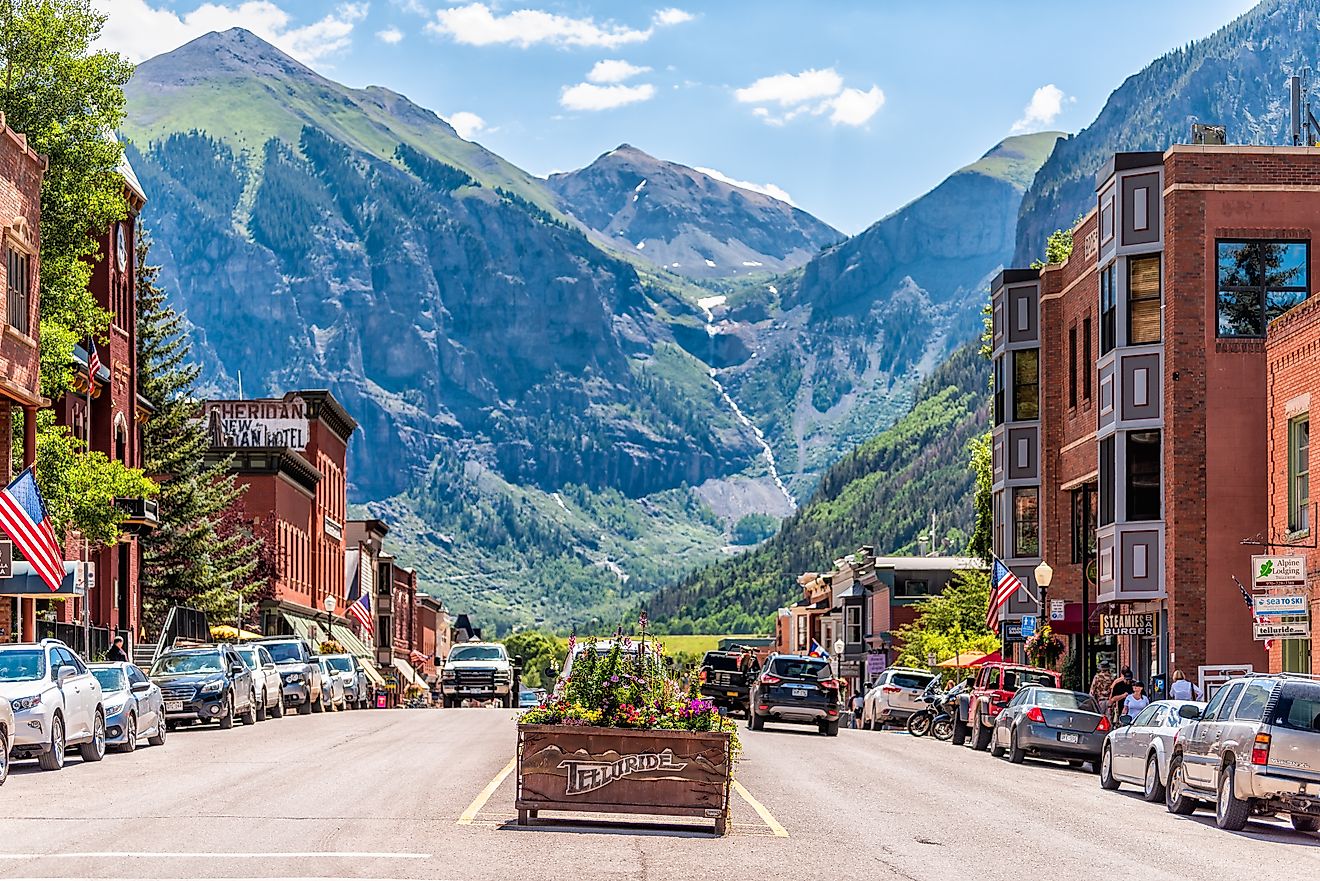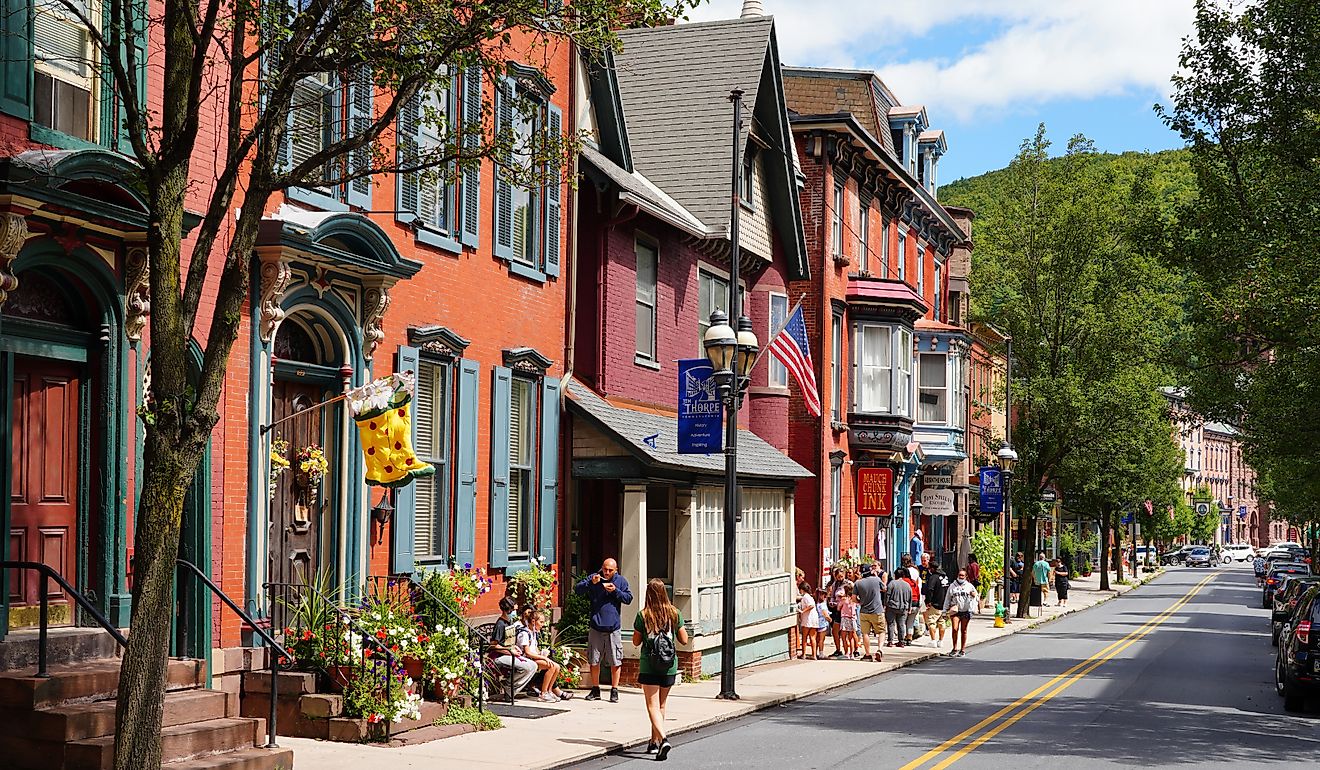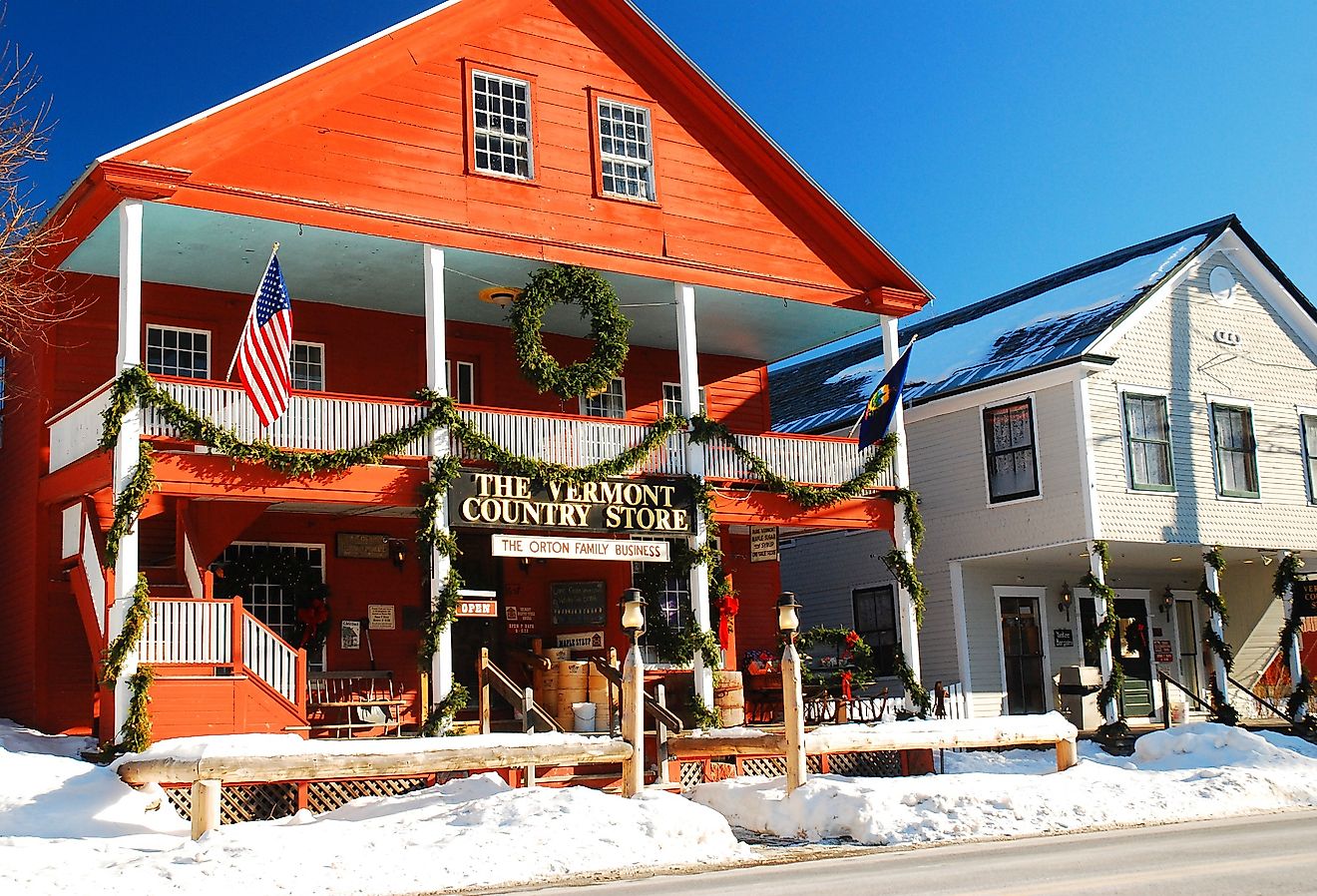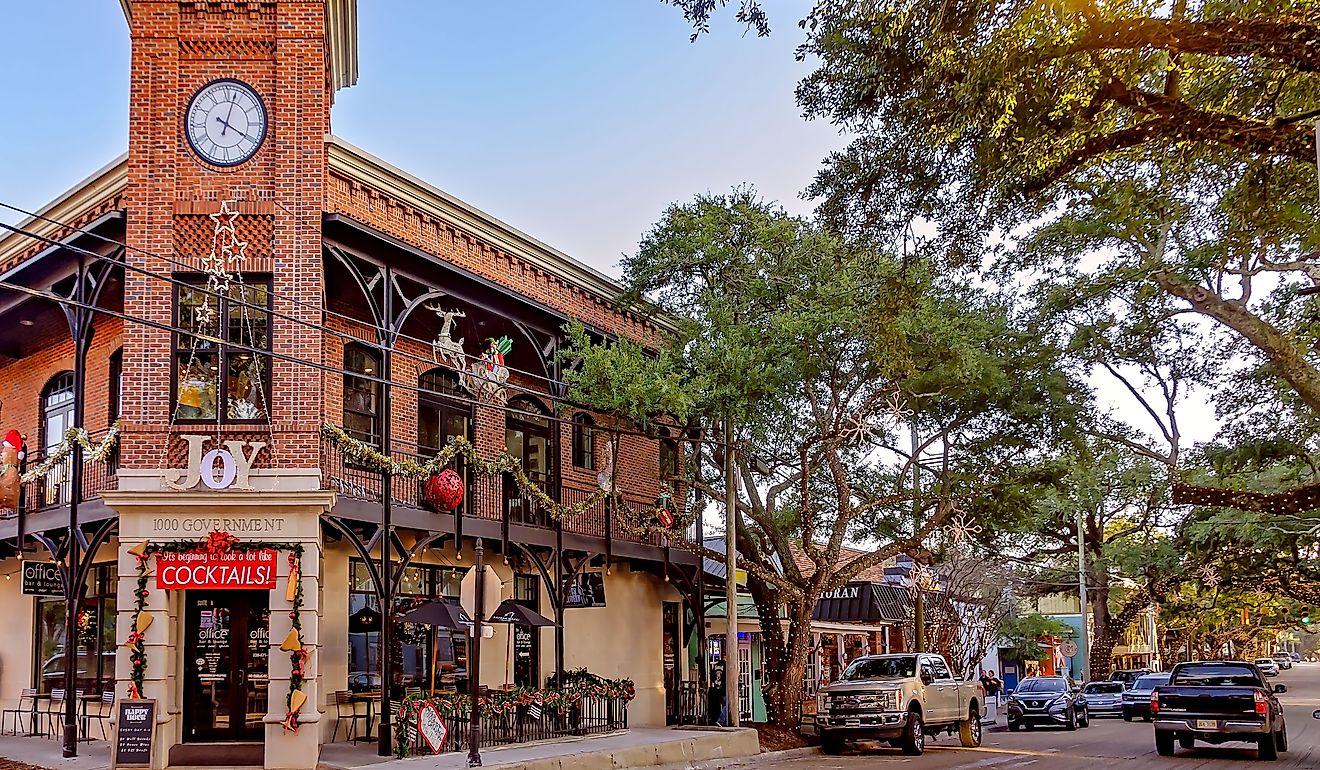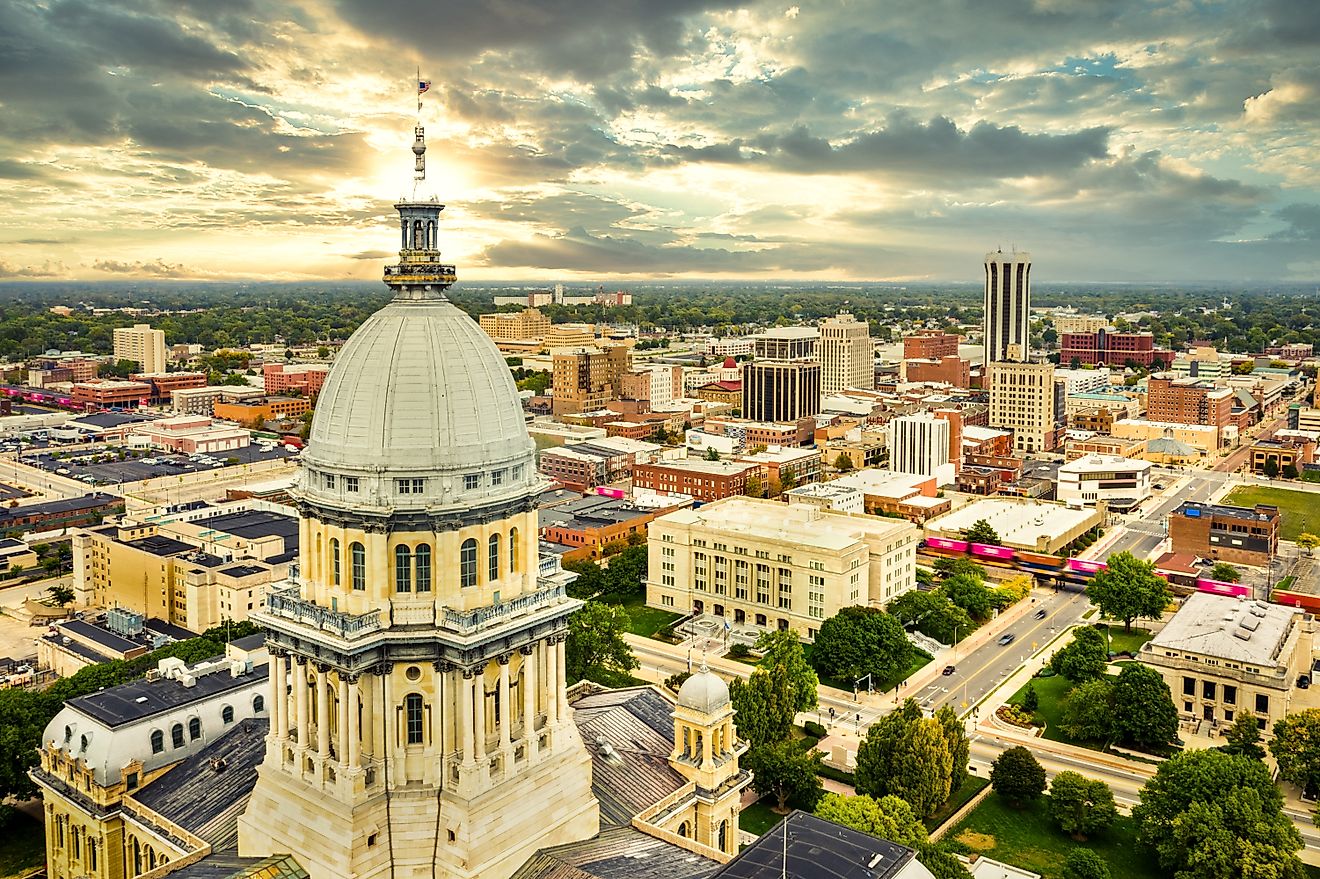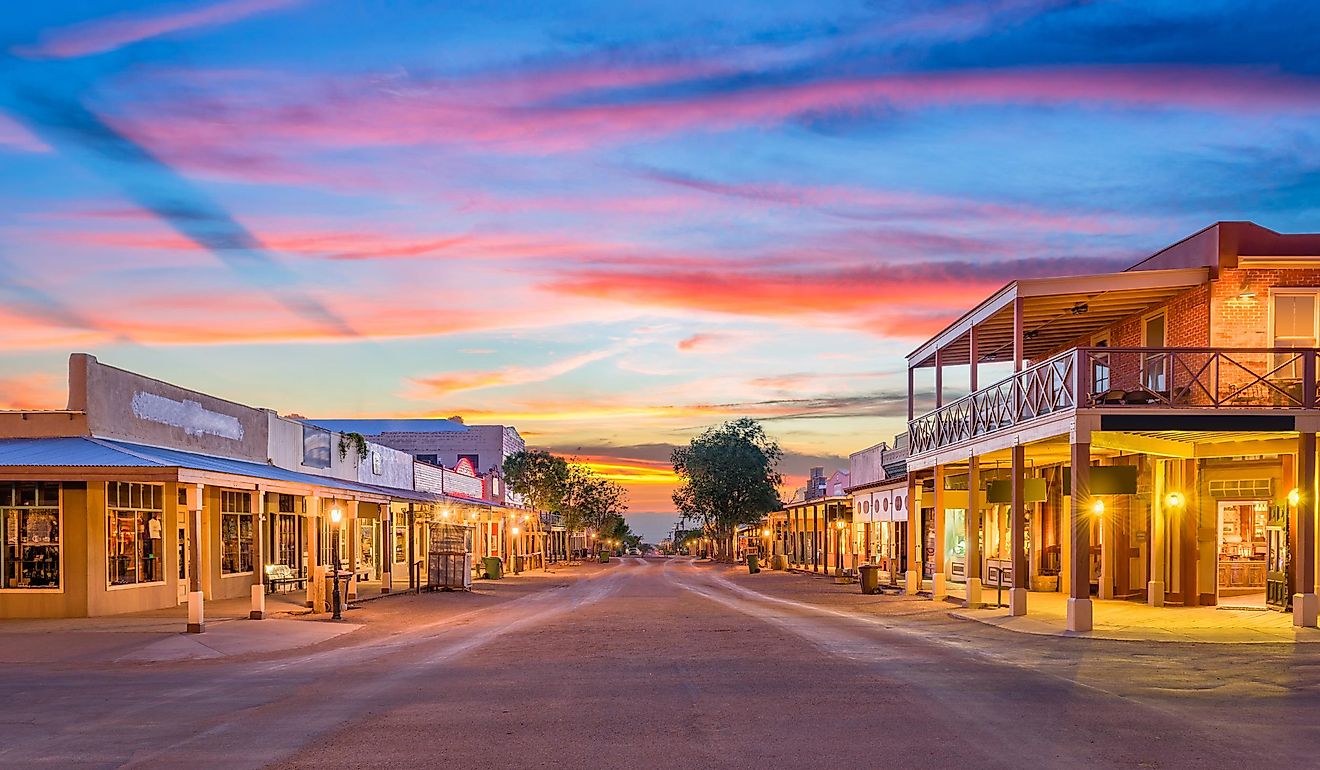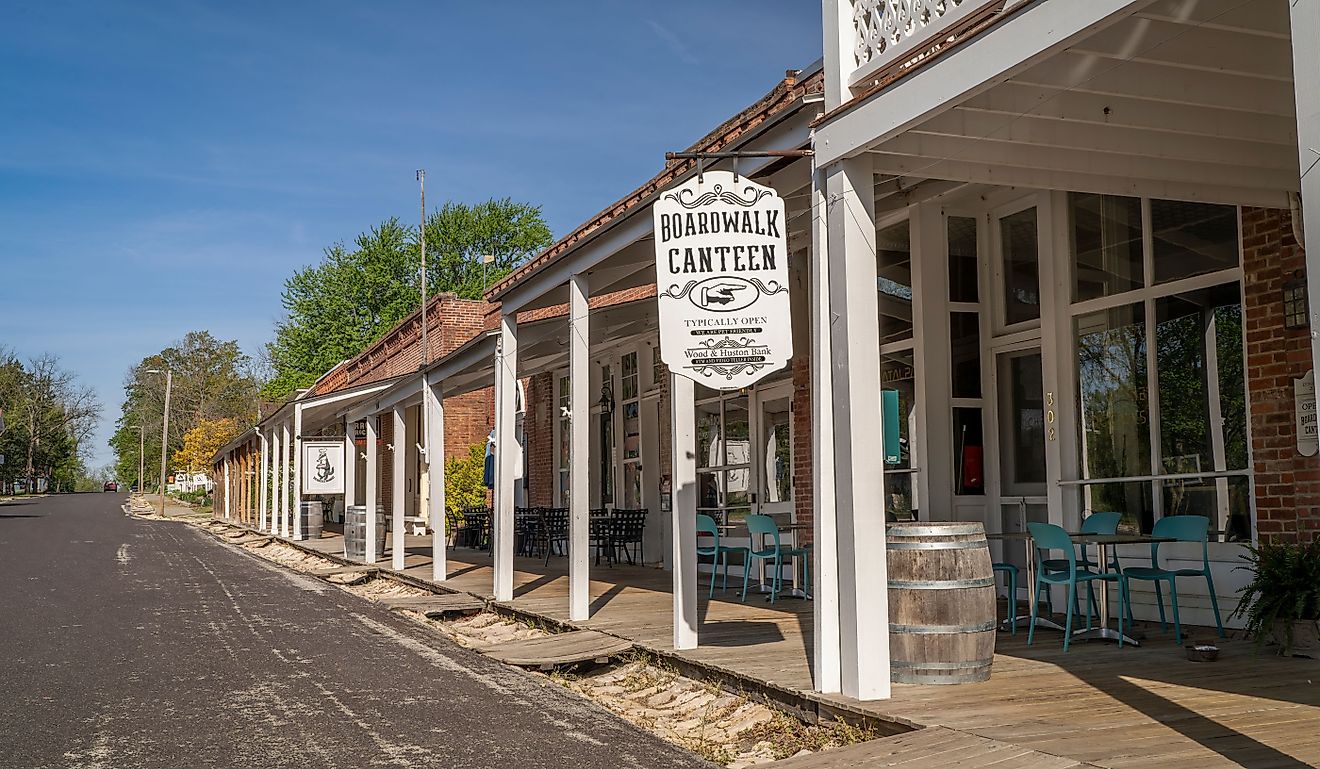
Fort Mill, South Carolina
Also referred to as Fort Mill Township, Fort Mill is a beautiful and sprawling town situated in York County in the northern portion of the US State of South Carolina. Originally planned to be a fort in the 1700s and then changing to a mill town, Fort Mill has developed into one of the fastest growing towns in South Carolina, with headquarters of several major businesses located in the Fort Mill area.
Geography And Climate Of Fort Mill

Fort Mill is situated in the northern portion of South Carolina, bordering North Carolina, and placed right next to the city of Charlotte. Because of its close proximity to Charlotte, Fort Mill is considered a suburb of the city. Fort Mill covers a total area of 11.96 sq. km, of which 11.7 sq. km is occupied by land, and 0.26 sq. km is covered by water. Interstate 77 runs through the town's western outskirts, while SC 160 is the town's main east-west street.
As per the Köppen climate classification, Fort Mill experiences a humid subtropical climate. The city has four different seasons; however, the seasonal change is not as dramatic as in other regions of the US. Summer daytime maximum temperatures are often about 90 °F (32 °C), with low nighttime temperatures around 70 °F (21 °C). In the winter, daytime highs are around 50 °F (10 °C), while nightly lows are around 30 °F (-1 °C). Fort Mill receives the most rainfall in March, with an average rainfall of 91 mm, and the least rain is received in May, with an average rainfall of 76 mm. Snow may occur throughout the winter, although it very rarely accumulates as ground cover.
Brief History Of Fort Mill

Catawba and Cherokee Native Americans previously lived in the Fort Mill area. When European settlers came to North Carolina, they ordered the construction of two forts to protect them against enemies: Fort Dobbs in North Carolina and Fort Hill in South Carolina. Fort Hill was never built, although it gave the town part of its name. After Isaac Garrison established a grist mill in the region in the 1770s, the community opted to combine the "Fort" from Fort Hill with the mill to get the name "Fort Mill." The post office in the region was alternately known as Pine Hill, White's Store, and Fort Hill. The pre-existing Fort Hill caused the name change to Fort Mill around 1830. The General Assembly chartered the town on February 12, 1873, and it was again rechartered on October 11, 1907, by the Secretary of State.
The Population And Economy Of Fort Mill

According to the latest US Census, Fort Mill has a population of 24,521 people, a massive increase compared to the town’s population in 2010, which reported 10,811 inhabitants. About 51.6% of Fort Mill residents are female, while the rest are male. The key ethnic groups are 74.1% White, 13.8% Black or African Americans, 1.3% Asians, and 6.0% Hispanic. The median household income of Fort Mill residents is $39,778, while 4.8% of people fall below the federal poverty line.
The Fort Mill Manufacturing Company was established in 1887, integrating Fort Mill into the textile industry that dominated the upstate. In 1931, the Fort Mill mill and others in the upstate were merged to become the Springs Cotton Mills. The mill, which employed over a thousand people at its peak, was shuttered in 1983. By the late 1980s, Fort Mill had become a popular bedroom town, and industry and residential expansion continued to propel the community into the 1990s. The Fort Mill area is now home to significant enterprises such as the headquarters of Carolina Crown Drum and Bugle Corps (Drum Corps International World Champions in 2013) and Puckerbutt Pepper Company, which is best known for creating the Carolina Reaper.
Attractions In Fort Mill

Fort Mill is home to several notable attractions. The city also provides access to many amenities in the adjacent cities of Charlotte and Rock Hill. A part of Cedar Fair's Carowinds amusement park is also located in the town, offering various recreational opportunities.
